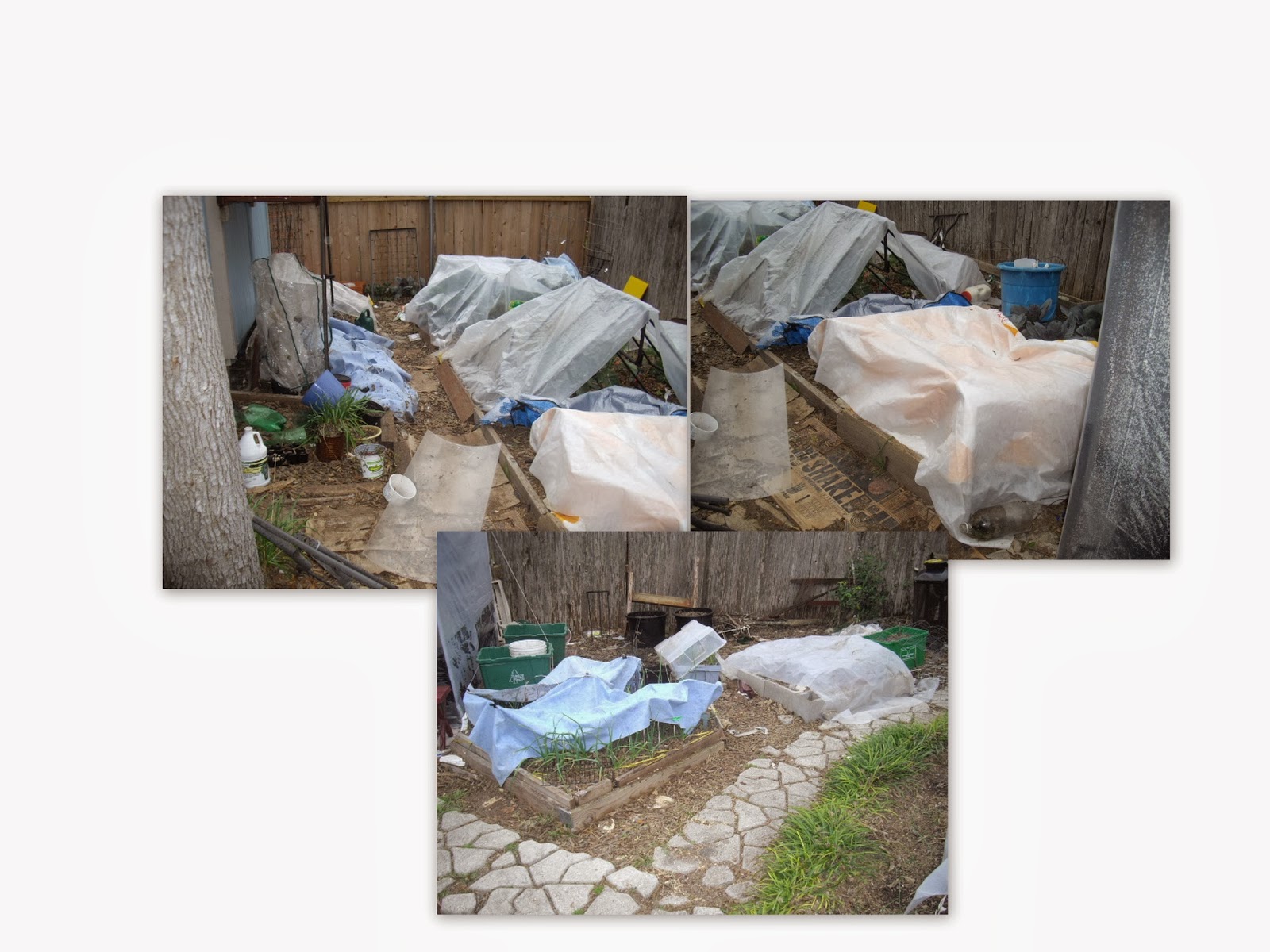Texas freezes are getting a lot colder and with the drought stressed landscape plants we need to take special care to protect them. Also more people than ever are planting home gardens and many of these plans will not take a “hard freeze” well or at all. So the temp is dropping and what do you do?
Central Tx Gardener: https://www.youtube.com/watch?v=82kqFT4jYZw
- Water plants well. keep the water off the leaves and do not make the soil wet.
- Mulch well around the roots of perennials like roses, mums
- Cover plants with cloth — blankets, sheets, frost blankets etc—not plastic unless it is over a frame.
- Make temporary row covers from any bendable substance-wire, then cover with heavy frost blankets late in day and remove in morning. Frost blankets come in dark green and white. the white ones let light through and can be left in place for a couple of days. The green ones work for deciduous shrubs / small trees that need no light .
- Make hoop houses—you’ll need 1/2” PVC in 10’ lengths, 4 way connectors or strap ties, 4-6mm plastic sheeting, clamps, PVC can be made into hoop and attached to beds with U-brackets, cinderblock, short rebar pieces. (see pics following) Securing a piece at the top stabilizes the structure. attaching a length of wood or PVC to bottom of each side keeps it in place. Step by step instructions:
http://www.texasgardener.com/pastissues/sepoct02/extending.html or http://www.motherearthnews.com/organic-gardening/hoop-houses.aspx#axzz3J3nvkhUF - Use lights for heat. Old fashioned light bulbs work well, strands of Xmas lights 7w type, even mini-lights wrapped around pots help. Clamp type shop lights work well too—might need a colored bulb. For greenhouses the small oil filled radiator type electric heater works well.
- Precondition tender fruit trees and strawberries using a spray like seaweed or kelp and watering with a higher potassium fertilizer. Several spays like Frost Away or Freezepruf work on non-edible leaves. These are anti-transpirants so plants do not loose moisture through their leaves. Trees need their graft area wrapped too.
- Use buckets or water in a circle around a tree. fill the tree-gators with warm water—who would do that????
- many potted plants have to be moved inside for a freeze. porous pots tolerate freezes worst as they water gets into the clay and freezing shatters the posts, any pot where water might stand(remove the drip trays) can cause frozen roots. putting several pots together and wrapping them or placing them inside a barrier filled with mulch/leaves can help them winter. Check the zone rating—those for 6 and less will overwinter here generally well. http://gardening.about.com/od/containergardenin1/a/Winter-Pots.htm
- consider creating a cold frame from boards or cinderblocks with a glass/plastic/plexiglass top. These are frequently placed against the house or garage but can be put against any wall. you can grow plants in it that need a bit more protection from cold or wind, put potted plants into it (depends on height) , store dormant plants until spring, harden off seedlings, http://www.finegardening.com/4-ways-use-cold-frame














 This has been a really hard cold winter here in central Texas. For the second time in a month our temperatures will fall into the low 20s. I have been out covering up the plants that are supposed to tolerate a little bit of frost. Cauliflower unfortunately does not like to be frozen and apparently neither does arugula. As you can see from one of the pictures the plants did live through the phrase but they sure look battered. It also slowed down the production of the broccoli that was just starting to make nice heads. The cauliflower has been really stunted and I lost two of the cheddar hollow flower
This has been a really hard cold winter here in central Texas. For the second time in a month our temperatures will fall into the low 20s. I have been out covering up the plants that are supposed to tolerate a little bit of frost. Cauliflower unfortunately does not like to be frozen and apparently neither does arugula. As you can see from one of the pictures the plants did live through the phrase but they sure look battered. It also slowed down the production of the broccoli that was just starting to make nice heads. The cauliflower has been really stunted and I lost two of the cheddar hollow flower